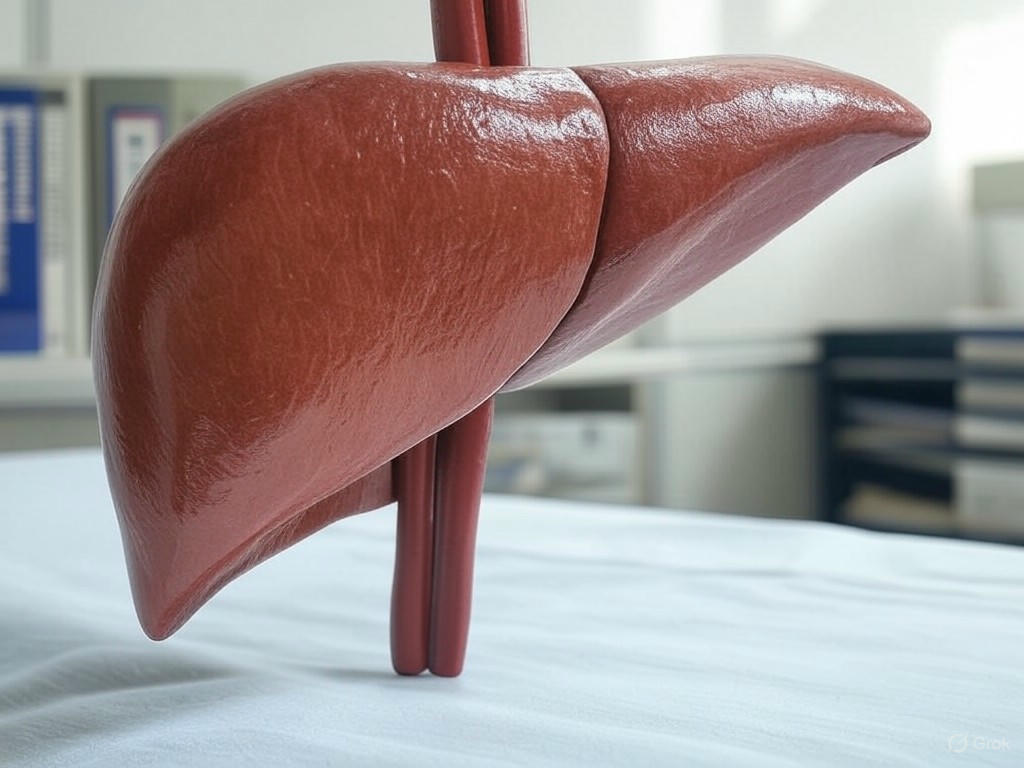In a startling revelation, recent research has uncovered a silent health crisis sweeping across the United States: millions of Americans are living with undiagnosed liver disease, completely unaware of the danger lurking within their bodies. A groundbreaking study suggests that a staggering 82% of individuals with the most severe form of fatty liver disease have no clue about their condition. This aggressive illness, known as non-alcoholic steatohepatitis (NASH), can progress to life-threatening complications like cirrhosis or liver cancer if left unchecked. Yet, its subtle symptoms—or often, complete lack thereof—make it a hidden menace that evades detection until it’s too late.
The liver, often called the body’s detox powerhouse, plays a critical role in processing nutrients, filtering toxins, and regulating metabolism. However, when excess fat accumulates in the liver, it can trigger inflammation and scarring, paving the way for serious damage. NASH, a severe form of fatty liver disease, is particularly concerning because it disproportionately affects those with obesity, type 2 diabetes, or metabolic syndrome. Despite its prevalence, the disease often flies under the radar. Many individuals attribute mild fatigue or vague discomfort to stress or aging, never suspecting their liver is in distress. Without routine screenings or specific blood tests, the condition can silently worsen over years, leaving patients vulnerable to irreversible harm.
What makes this epidemic even more alarming is the lack of awareness and access to diagnostic tools. Unlike heart disease or diabetes, which have widely recognized warning signs and standardized testing, liver disease remains a mystery to many. Physicians may not prioritize liver health during routine checkups, especially if patients appear otherwise healthy. Moreover, advanced imaging or biopsies needed to confirm NASH are not always accessible or affordable for the average person. This gap in healthcare means that countless individuals are walking around with a ticking time bomb in their bodies, oblivious to the risks they face. Public health experts are now sounding the alarm, urging for increased education and early intervention to curb this growing threat.
The good news is that fatty liver disease, even in its more aggressive forms, can often be managed or reversed with lifestyle changes if caught early. A balanced diet rich in fruits, vegetables, and whole grains, combined with regular exercise, can significantly reduce liver fat. Cutting back on sugary drinks and processed foods is also crucial. For those at higher risk, regular checkups and discussions with healthcare providers about liver health could be lifesaving. As this hidden epidemic comes to light, it’s a wake-up call for Americans to take charge of their wellness. By prioritizing prevention and advocating for better screening methods, we can turn the tide against this silent killer and protect future generations from the devastating consequences of undiagnosed liver disease.
